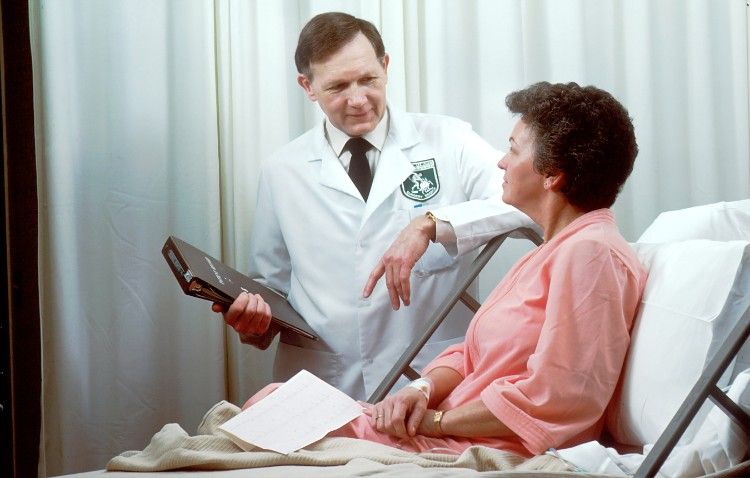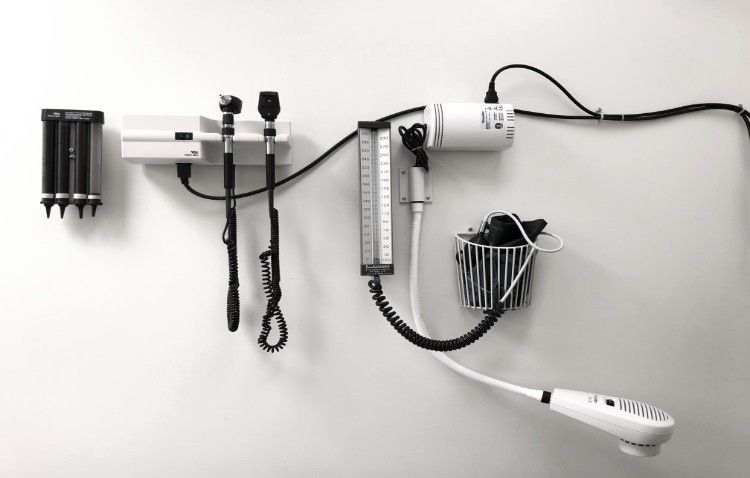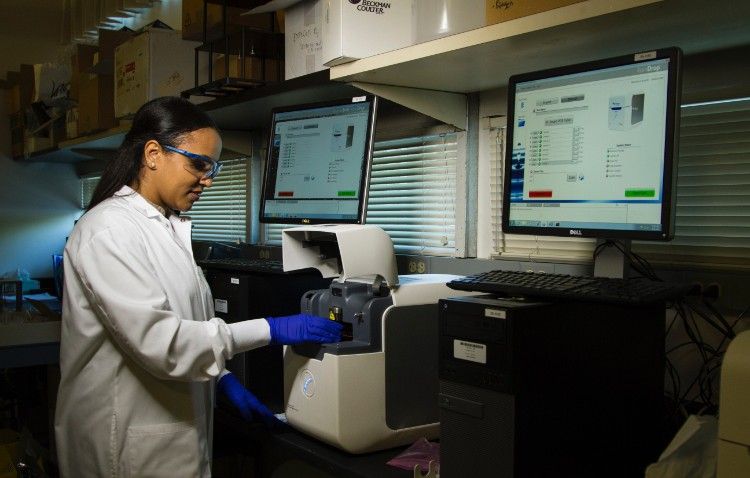Team Care and the Triple Aim
Going Big by Starting Smaller
The relationship between healthcare costs and the overall economy exists on a number of dimensions, all of which are difficult to decipher by anyone who doesn’t have a serious background in economics. But the one thing we all know is that spending in healthcare has historically risen faster than inflation and just about everything else. Here’s a good way to put it into perspective:
If other consumer prices had increased at the same rate as healthcare costs have since 1945 a dozen eggs would cost around $55. If you wanted to drink some milk with your omelet you’d have to spend $48 dollars for a gallon. At those prices, the consumption of eggs and milk would be unsustainable and so are healthcare costs. And that’s what one-third of the Triple Aim is all about.
Developed by the Institute for Healthcare Improvement, the Triple Aim is a frame work of three health-related dimensions that are designed to be pursued simultaneously – improving the patient experience including quality and satisfaction, improving the health of populations, and reducing the per capita costs of healthcare. While each represents its particular challenges, if you’re providing clinical care or managing primary care providers, you know that the financial component offers some particularly tough hurdles.
First of all, as Donald Berwick, MD, former Administrator for Centers for Medicare and Medicaid Services reminds us, there’s a significant amount of information to gather in order to hit the cost target of the Triple Aim. Not only do all relevant expenditures have to be captured, which is no easy task in its own right, but costs also have to be appropriately indexed to a range of local market considerations. It’s going to involve an effort that will include not only the practices you’re working with along with others across the country, but also policy makers and insurers. It will also have to include new reimbursement streams that will incent provider organizations to continue delivering quality care at a lower cost.
This is a tough challenge, but I think it’s one that can be overcome. What I worry about more is the obstacle to the cost component of the Triple Aim – as well as the other two dimensions – represented by a lack of adequate coordination across the full spectrum of care. The Institute of Medicine cited this concern, also, stating that “… measures of both cost and care across the continuum are impeded by the fragmentation of delivery itself.”
I have long believed that healthcare reform begins on the cellular level – practice by practice – and this particular issue is no exception. While we’re waiting for the policy makers it’s our responsibility to take on the fragmentation problem and the best way I know of doing it is through a well-coordinated team approach to care. On the macro level, it’s a team that ranges from emergency rooms to specialist referrals and everything in between that extends across the delivery system and over time. But on that cellular level that I mentioned, it begins in the practices you manage with a better way to train and empower staff to enable primary care physicians to do what they do best, with less distraction from charting and documentation as well as EMR data entry. To be even more specific, it begins in the exam room.
In my own experience, a physician-led, patient-centered team is a goal that can be achieved with less time and effort than you might think. So as you look at the Triple Aim as a worthy aspiration, but one that seems too lofty to reach, you can start by breaking it down into its three components then break it down again into smaller pieces – like a team-based exam room process – that you can start working on right away to ultimately reduce the costs of care while improving individual outcomes, community health and the fiscal strength of your practices or group.







